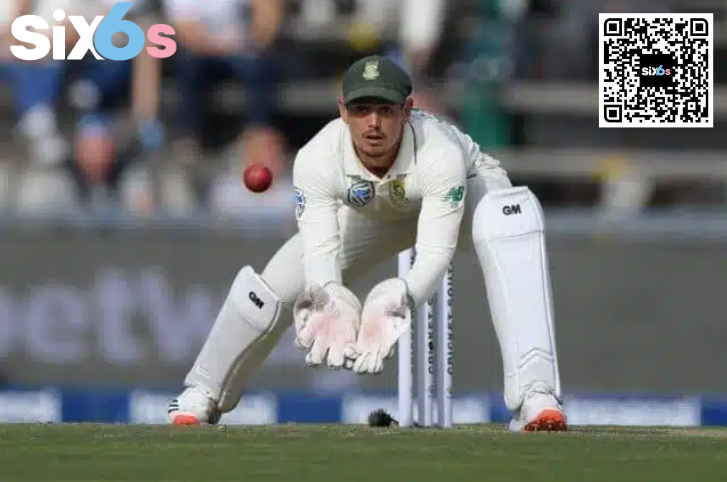
The wicket-keeper is one of the most important players in cricket. They are responsible for catching the ball behind the stumps, stumping the batsman, and calling the shots for the fielding team. Learn more about the responsibilities of a wicket-keeper in this article.
Are you a fan of cricket? Do you know the responsibilities of a wicket-keeper? If not, then you’ve come to the right place. In this article, we will discuss the responsibilities of a wicket-keeper in cricket.
The wicket-keeper is one of the most important players in cricket. They are responsible for catching the ball behind the stumps, stumping the batsman, and calling the shots for the fielding team. The wicket-keeper is also often the captain of the fielding team.
Responsibilities of a wicket-keeper
The wicket-keeper has a number of responsibilities, including:
Catching the ball behind the stumps: This is the most important responsibility of the wicket-keeper. They must be able to react quickly and accurately to catch the ball before it hits the stumps.
Stumping the batsman: This is when the wicket-keeper puts the bails off the stumps while the batsman is out of their crease. The wicket-keeper must be able to judge the batsman’s position quickly and accurately in order to stump them.
Calling the shots for the fielding team: The wicket-keeper is often the captain of the fielding team, and they are responsible for calling the shots for the fielders. This includes deciding where to place the fielders and when to change the field.
Communicating with the bowler: The wicket-keeper must be able to communicate effectively with the bowler. They need to let the bowler know where they are standing, what they are expecting, and what the fielders are doing.
Motivating the team: The wicket-keeper is often a key figure in motivating the team. They need to be able to keep the team positive and focused, even when things are going wrong.
Conclusion
The wicket-keeper is a vital part of any cricket team. They are responsible for some of the most important aspects of the game, and they can have a big impact on the outcome of a match. If you are interested in playing cricket, then you should consider becoming a wicket-keeper. It is a challenging but rewarding position that can be a lot of fun.
Subcategories
Catching the ball behind the stumps
The wicket-keeper must have quick reflexes and good hand-eye coordination in order to catch the ball behind the stumps.
They must also be able to judge the speed and direction of the ball accurately.
The wicket-keeper’s gloves are designed to help them catch the ball more easily.
Stumping the batsman
The wicket-keeper must be able to judge the batsman’s position quickly and accurately in order to stump them.
They must also be able to react quickly to put the bails off the stumps.
The wicket-keeper’s positioning is important for stumping the batsman.
Calling the shots for the fielding team
The wicket-keeper is often the captain of the fielding team, and they are responsible for calling the shots for the fielders.
This includes deciding where to place the fielders and when to change the field.
The wicket-keeper must be able to read the batsman’s strengths and weaknesses in order to place the field effectively.
Communicating with the bowler
The wicket-keeper must be able to communicate effectively with the bowler.
They need to let the bowler know where they are standing, what they are expecting, and what the fielders are doing.
The wicket-keeper and bowler must work together in order to dismiss the batsman.
Motivating the team
The wicket-keeper is often a key figure in motivating the team.
They need to be able to keep the team positive and focused, even when things are going wrong.
The wicket-keeper can do this by their own attitude and enthusiasm.
